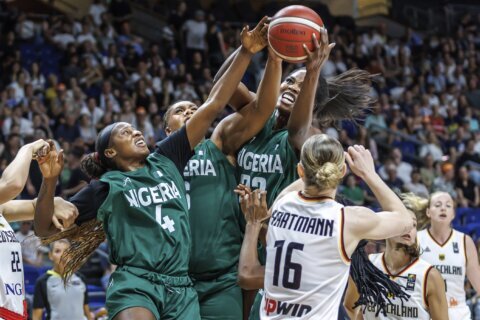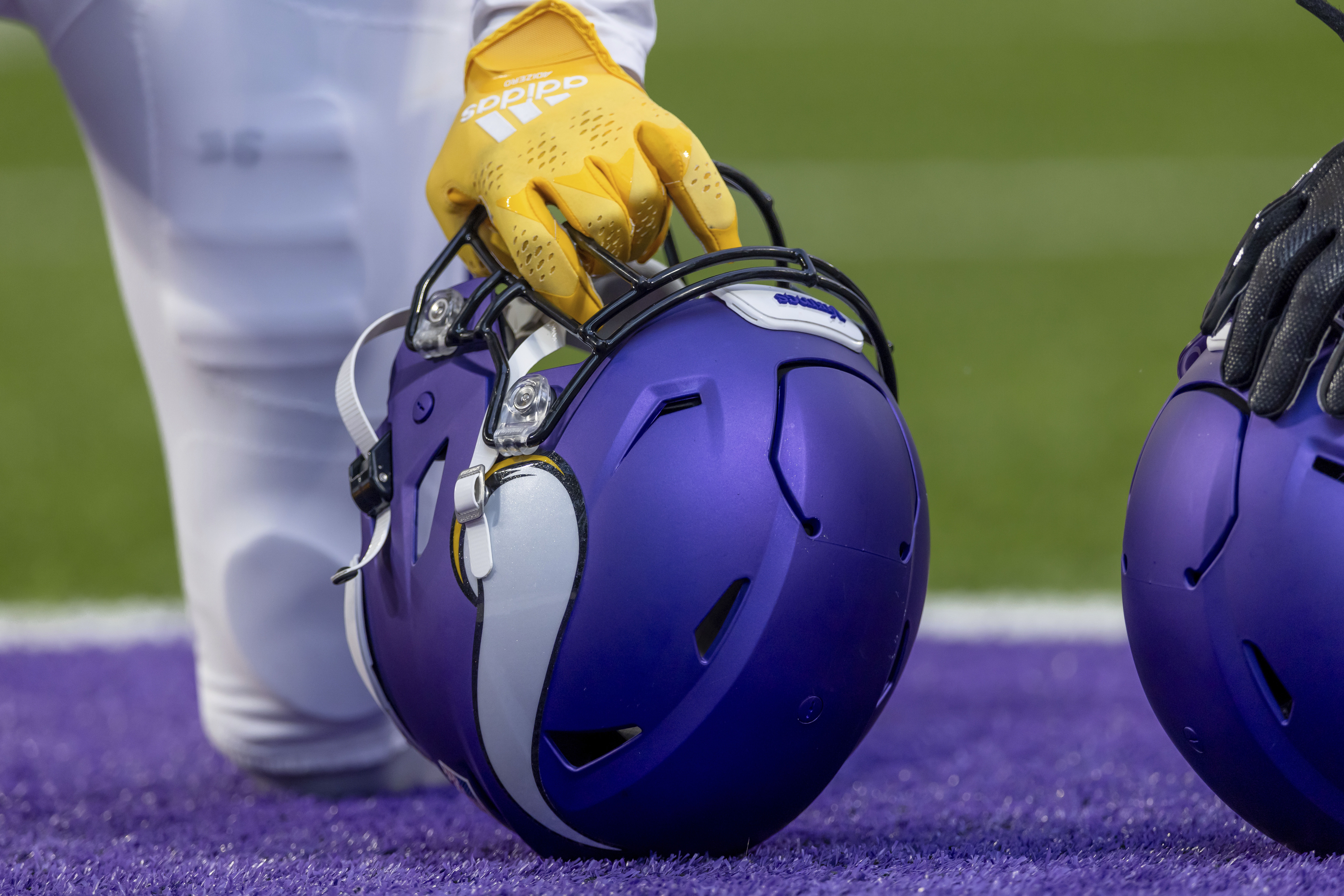Highlights from the 100-page, $2.78 billion settlement agreement filed Friday in federal court covering the NCAA, college sports’ five wealthiest conferences and plaintiffs representing hundreds of thousands of former and current student-athletes.
Who is getting paid?
The class-action lawsuit covers more 400,000 former and current college athletes from all sports, dating to 2026. Payments will be determined by sport played, conference competed in, when and for how long.
The range of damage payments vary widely, with football and men’s basketball players who competed in the so-called Power Five conferences (ACC, Big Ten, Big 12, Pac-12 and SEC) are set to receive the largest sums. Many will be in line to recover more than $100,000. Plaintiffs’ attorneys say at least one athlete is estimated to be eligible for $1.8 million.
Women’s college basketball players are next, with payments estimated to range from about $15,000 to potentially a few hundred thousand each.
Football and basketball players from top conferences and schools outside the Power Five could receive a few thousand dollars each on average; Power Five baseball players are estimated to be eligible to receive an average of about $400.
Athletes in other sports might only be eligible for less than $100.
Revenue sharing
The settlement includes an agreement by the major conferences and NCAA to allow schools to distribute about $21 million in athletic revenue back to athletes each year, starting in fall 2025.
The amount is expected to increase as athletic revenues increase at power conference schools. Schools will decide how they want to distribute that money among their athletes and how they deal with Title IX gender equity requirements.
The settlement also allows for the NCAA and conferences to implement rules against schools circumventing that cap and regulate how boosters pay athletes for name, image and likeness deals.
Roster limits
Instead of scholarship limits, college teams will have roster limits, determined by sport. The change could results in schools being able to hand out dozens more athletic scholarships, though some that were once required to be full scholarships could now be partial.
Judge’s approval
A judge still needs to approve the settlement and there could be objections and challenges from individuals and schools. The potential for plenty of snags remains, but even if few are hit, final approval is not likely to come until 2025.
___
Follow Ralph D. Russo at https://twitter.com/ralphDrussoAP
___
AP college football: https://apnews.com/hub/college-football
Copyright © 2024 The Associated Press. All rights reserved. This material may not be published, broadcast, written or redistributed.






